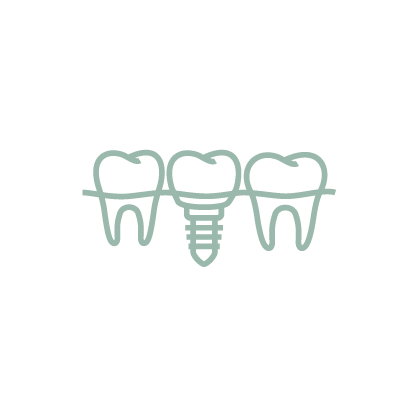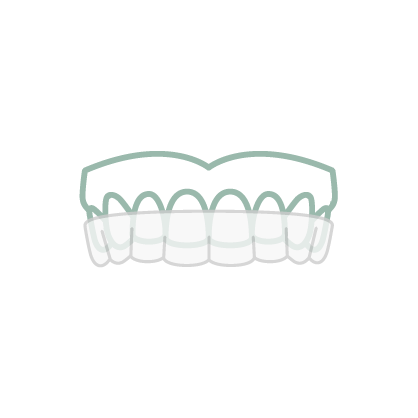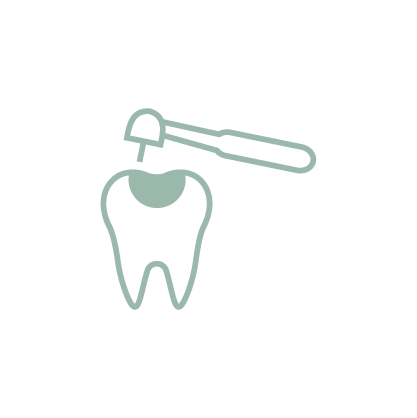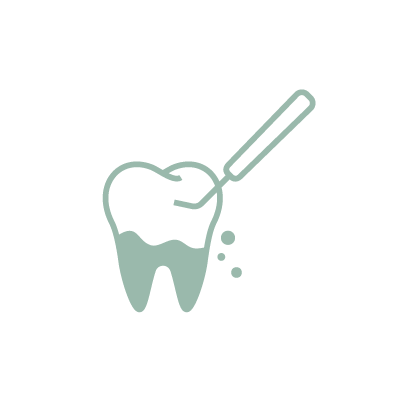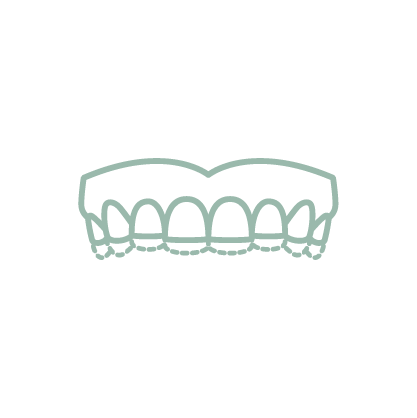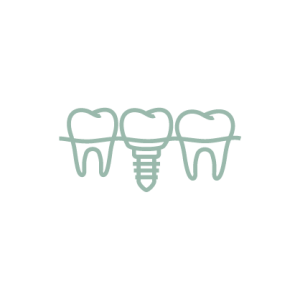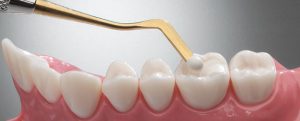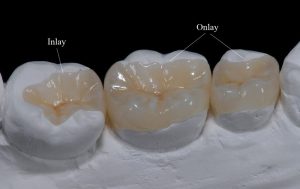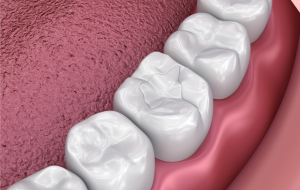
Dental fillings are materials used by dentists to restore teeth that have been damaged by decay or trauma. The process of getting a dental filling typically involves removing the decayed or damaged portion of the tooth and then fills the cavity with a filling material. The most common materials used nowadays for dental fillings are composite resin, glass ionomer, and ceramic which are all tooth-color. Our operative dentist will help determine which type of dental filling material is best for your specific needs. It is important to maintain good oral hygiene habits and attend regular dental check-ups to prevent further decay and damage to your teeth.
There are 2 ways for filling procedure.
1. Direct filling
Direct fillings are procedure that placed filling material directly into the prepared cavity in the tooth by the dentist.
Direct fillings are typically made from tooth-colored composite resin material that is matched to the color of your natural teeth, making them a popular cosmetic option for repairing front teeth that have been damaged or discolored. Other materials that can be used for direct fillings include glass ionomer and resin-modified glass ionomer materials.
The process of getting a direct filling typically involves numbing the area around the tooth with a local anesthetic, removing any decayed or damaged portions of the tooth, and then placing the filling material into the cavity in layers. Each layer is cured, or hardened, using a special light before the next layer is added, ensuring that the filling material bonds securely to the tooth.
Direct fillings can be an effective and long-lasting way to restore a tooth’s function and appearance, while also protecting it from further damage. However, the lifespan of a direct filling can depend on several factors, including the size and location of the filling, your oral hygiene habits, and your diet.
2. Indirect filling (Inlays or Onlays)
Inlays or onlays are a type of dental restoration used to repair damaged or decayed teeth. They are similar to dental fillings in that they are used to fill cavities, but they are typically used for larger cavities or when the damage to the tooth is too extensive for a filling.
An inlay is a custom-made piece of dental material, such as porcelain or composite resin, that is fabricated in a dental laboratory to fit precisely into the cavity in the tooth. In contrast to direct fillings, inlays are usually made outside of the mouth, and then bonded into tooth structure.
The process of getting an inlays or onlays typically involves two appointments with your dentist. During the first appointment, your dentist will prepare the damaged tooth and take an impression of it. This impression is sent to a dental laboratory where the inlay is custom-made to fit your tooth precisely. At the second appointment, your dentist will bond the inlay or onlays into place using a special adhesive.
Inlays or onlays can be a more durable and long-lasting option than traditional dental fillings, and they can help restore the strength and function of a damaged tooth while also improving tooth appearance.
Whether you have questions on the tooth filling cost in Thailand, are seeking high-quality dental fillings, or to schedule an appointment, contact Global Dental Complex today.

